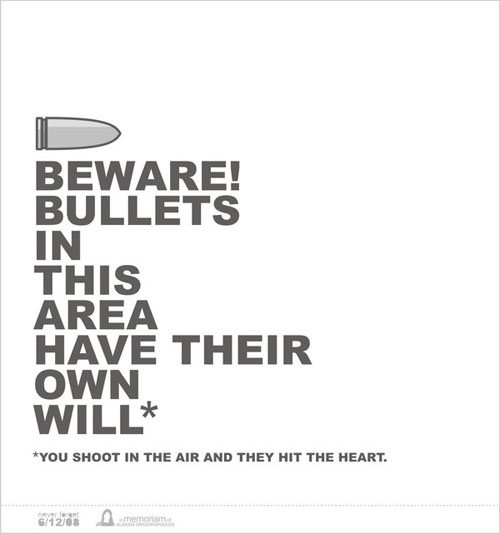i just had a revelation of sorts, or maybe it leaked into my conscious from late last night, but that illusive thing we call freedom is truly, fully, practiced only when we decide to take control over our lives to live them exactly as we want, free from expectations others or even our "rational", "responsible" selves put upon us. i am realizing that if i really want freedom from oppressive forces in my life, i have to take it in a conscious and deliberate way, no one else will do that for me. a million micros -- or even two or three -- add up to a macro, even if for a day, a moment. what do i want from my day, my moment? who will keel over dead if i steal time or effort from this mundane task for the sake of my own sanity, joy, love, passion?
the other day a student expressed the intense amount of effort that went into a project and how that short-changed another project that was coming due on the same day. i reassured them that as long as they knew what it is that they want from their educational experience -- where their passion, priorities, goals lie -- who really cared what the other project ended up like, especially if it is not something you intend to pursue? who really cared what the other grade ended up as? besides, i cannot make that kind of decision for a student -- it ultimately comes down to them. what excited me was the fact that this student voluntarily engaged in the work (read "play") for that amount of time, became immersed in it, and was now forced to short change something else because there simply was not enough time. it forced a decision, a realization -- this is important to me and that is not. micro, but amazing. now the trick is to do that consciously a million times a day.
as long as one is able to fully engage in the task at hand, gleaning everything that can be gleaned, living in the moment, loving life because one is fully engaged, that is what matters. when we can make those decisions free from external pressures is when we experience freedom, growth, transformation. it takes courage to do that. as a teacher, i need to inspire courage to make those decisions, to pursue passion whole-heartedly, not to constantly robotically respond to external pressures. so take courage, fellow designers, teachers, humans-at-large, to make decisions that free yourselves in micro-ways, every day, every moment.
Read more
 wow. some pretty amazing posters about israel's attacks on gaza over on free pixels.
it's really sad that the energy of designers needs to be used to protest the free-wheeling violence of the powerful, but it must be met with some response.
[ detail of a poster by carlos latuff ]
wow. some pretty amazing posters about israel's attacks on gaza over on free pixels.
it's really sad that the energy of designers needs to be used to protest the free-wheeling violence of the powerful, but it must be met with some response.
[ detail of a poster by carlos latuff ] wow. some pretty amazing posters about israel's attacks on gaza over on free pixels.
it's really sad that the energy of designers needs to be used to protest the free-wheeling violence of the powerful, but it must be met with some response.
[ detail of a poster by carlos latuff ]
wow. some pretty amazing posters about israel's attacks on gaza over on free pixels.
it's really sad that the energy of designers needs to be used to protest the free-wheeling violence of the powerful, but it must be met with some response.
[ detail of a poster by carlos latuff ]



